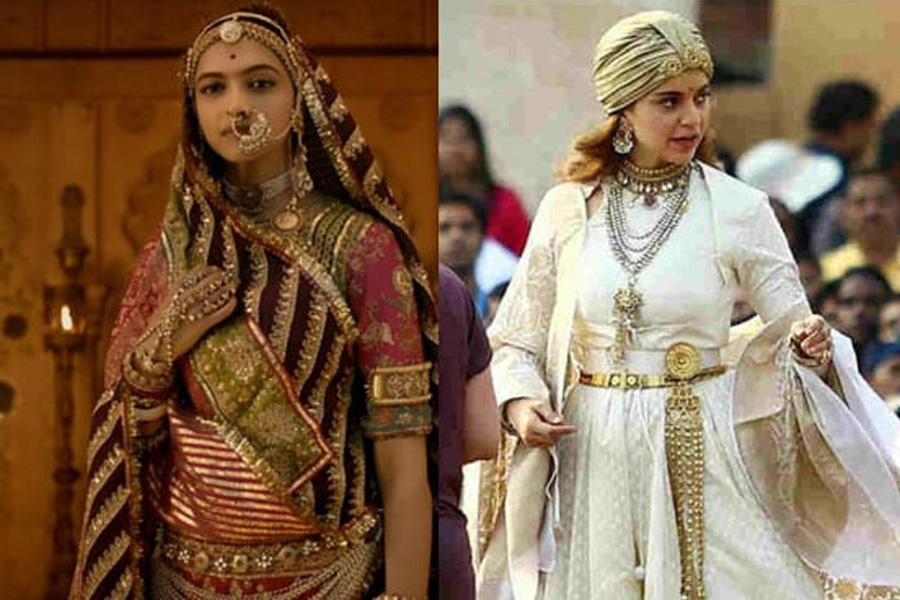
Mythohistorical films in India portray the nation as a sacred entity, symbolized through the female body and rooted in Hindu nationalism.
Author
Rituparna Sengupta, Assistant Professor, Jindal School of Journalism and Communication, O.P. Jindal Global University, Sonipat, Haryana, India
Summary
In contemporary India, a new authoritative discursive order has rapidly emerged across popular culture and the public sphere which infuses Hindu mythology with cultural nationalism to offer an “authentic” history of the nation. To understand this phenomenon, this article proposes the conceptual framework of the “mythohistorical”. Specifically, it focuses on mythohistorical films that together create a common visual network of assumptions within which the nation is depicted as an organic and ahistorical entity sanctified by Hindu religious symbolism, within a cyclical temporal order of recurring racial–religious–cultural warfare between the Hindu “self” and the Muslim/Christian invading “other”. Central to this imagination is the demarcation of the symbolic borders of the nation through the body of the Kshatriya (warrior-caste) woman, especially in her capacity as the Sati and Virangana archetypes of the Hindu widow.
Through a critical analysis of the Hindi films Padmaavat (2018) and Manikarnika (2019)—adaptations of two historical-legendary Hindu queens—this article demonstrates how the female protagonists of mythohistorical cinema come to symbolise the nation’s inviolable spiritual essence by upholding a specifically feminine code of patriotic devotion drawing upon female self-immolation—a topic of much contentious debate between colonisers and nationalists in nineteenth-century India. Finally, it argues that the revitalisation of these narratives and their presentation as female self-empowerment in globalised India suggests a new twenty-first-century “nationalist resolution of the women’s question” (Partha Chatterjee).
Published in: The Routledge Companion to Cultural Text and the Nation
To read the full chapter, please click here.

